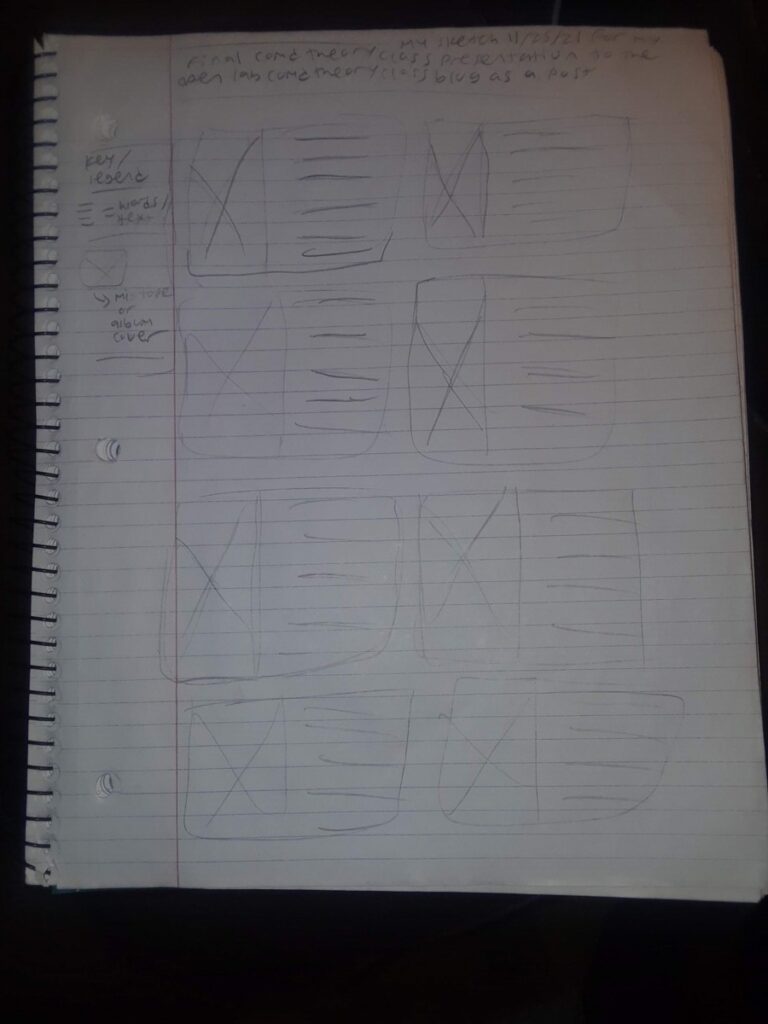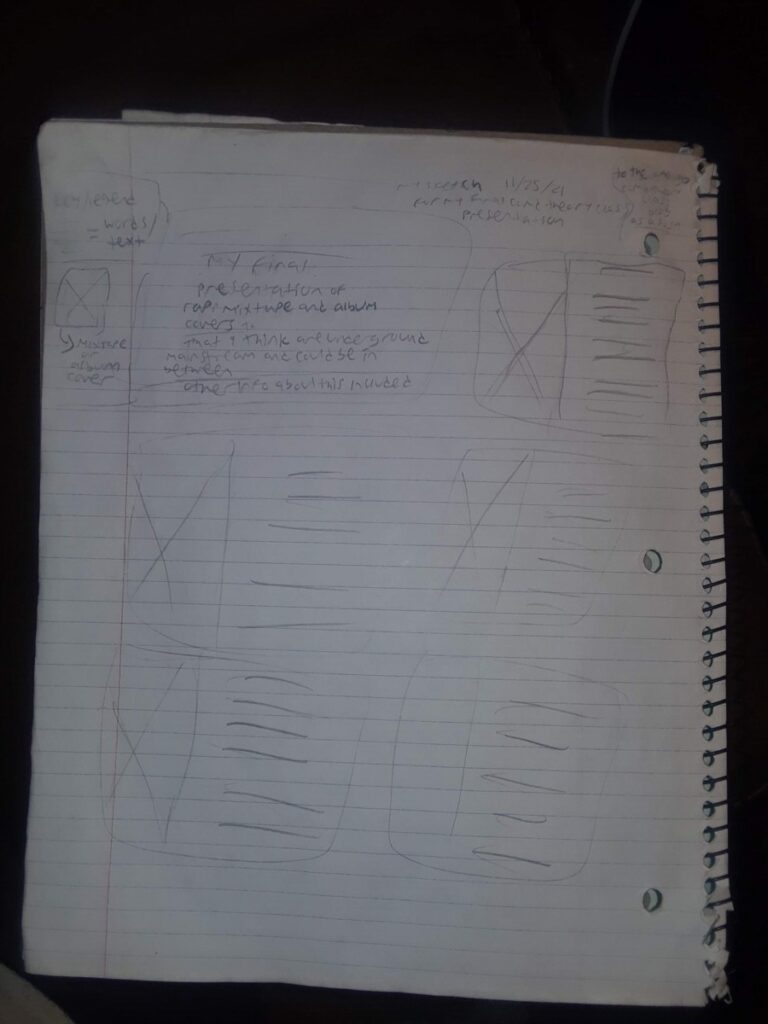According to Heller, for the concept to be or not to be of mainstream vs. underground relevant in contemporary design because for the mainstream side: “All it takes is the followers of followers to cut a clear path to the mainstream. Indeed the mainstream embraces almost anything “edgy,” although once the label is applied it is no longer on the edge.” “Very little emerging from the underground fails to turn up in the mainstream.” On the underground side: “the underground satirically appropriated from the mainstream.” “Underground denizens attack the mainstream for two reasons: To alter or to join, sometimes both.” The designs or the designer that i’ll be addressing for my final presentation will fit into this dichotomy because i can talk about that in the form of hip hop mixtape covers. The reason is because to me, that’s what the words mainstream and underground remind me of, for seeing those words, in this question. Also another reason is that i would do general posters and flyers for mainstream and underground. However, i feel like i can’t do that because i can’t think of any examples of mainstream and underground posters. I searched it up online but i don’t think i got any accurate results, in my opinion. I COULD still present some hip hop album cover art examples, to my final presentation.
The sort of underground designs that influenced the work could be from the fact that “Ballyhoo took original quotidian ads for the things they made from cars, , detergent and foods, and wittily altered the brand-names to kinda sorta eventually make stuff like: “Look Ma, no cavities, and No Teeth Either,” a send-up of Crest Toothpaste’s false promise of cavity-free teeth, and “Happy But Wiser,” a slam at Budweiser beer through a parody ad that showed a besotted, forlorn alcoholic whose wife had just dumped him.” That explanation is one example. To back up my claim: “Ballyhoo in the first half of the twentieth century, and MAD magazine and wacky packs in the second. The Simpsons offers “gesture[s] of culture jamming in a context where we generally wouldn’t expect [them],” Fink observes.”[1]
One of the ways that his work shaped the mainstream is because he said that: “Take the sixties psychedelic movement, for example: It was born in a small
community that shared proclivities for sex, drugs, and anarchic behavior—
all threatening to the mainstream”. Maybe he didn’t want his work to resemble that or look that way.
Maybe it will probably do so in the future because he said that: “By focusing concurrently on popular design ephemera and groundbreaking new works, both editor and publisher were ahead of their time in forgoing any distinction between the products of high and low culture.[2]” (that i guess). A large amount of graphic design is straightforward or neutral—“The facts and nothing but the facts.”[3] So from those facts, and if he focuses on them, then that’s how he can continue to make good artwork, in any form or medium.
My 3-4 sources below:
Culture Jamming : Activism and the Art of Cultural Resistance, edited by Marilyn DeLaure, and Moritz Fink, New York University Press, 2017. ProQuest Ebook Central, http://ebookcentral.proquest.com/lib/citytech-ebooks/detail.action?docID=4500691.
Created from citytech-ebooks on 2021-11-20 19:49:06. [1]
Heller, Steven. Writing and Research for Graphic Designers : A Designer’s Manual to Strategic Communication and Presentation, Quarto Publishing Group USA, 2013. ProQuest Ebook Central, http://ebookcentral.proquest.com/lib/citytech-ebooks/detail.action?docID=3399604.
Created from citytech-ebooks on 2021-11-20 20:58:20. [2]
Heller, Steven, and Mirko Ilic. Stop, Think, Go, Do : How Typography and Graphic Design Influence Behavior, Quarto Publishing Group USA, 2012. ProQuest Ebook Central, http://ebookcentral.proquest.com/lib/citytech-ebooks/detail.action?docID=3399581.
Created from citytech-ebooks on 2021-11-20 21:03:35.[3]








Recent Comments